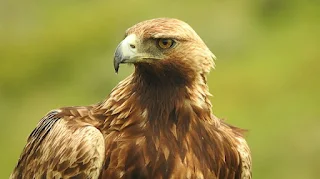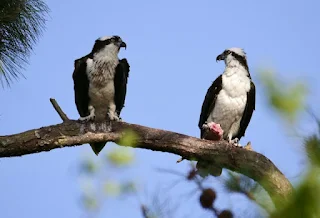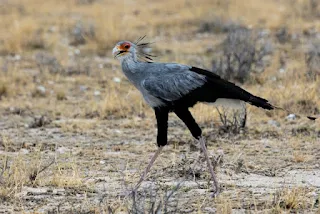Unveiling the Top 7 Most Magnificent Birds Of Prey
Introduction:
Birds of prey, also known as raptors, command the skies with unparalleled grace, strength, and predatory prowess.
These magnificent creatures have captured humans' imaginations for centuries, symbolizing power, freedom, and natural beauty.
In this exploration, we unveil the top 7 most magnificent birds of prey, each showcasing unique characteristics that make them awe-inspiring icons of the avian world.
Bald Eagle (Haliaeetus leucocephalus):
Symbol of Freedom and Majesty
The bald eagle symbolizes freedom and majesty with its striking white head and powerful beak. It is the national bird and symbol of the United States and is known for its impressive wingspan and keen eyesight. These raptors are adept fishermen, and skilled hunters found near large bodies of open water.
Peregrine Falcon (Falco peregrinus):
Speed Demons of the Sky
Peregrine falcons are renowned as the fastest animals on the planet, reaching over 240 miles per hour in a dive. With their distinctive black markings and sleek design, these falcons are masterful hunters, preying on other birds mid-flight. Their adaptability to urban environments showcases their resilience and ability to thrive in various habitats.
Golden Eagle (Aquila chrysaetos):
Kings of the Mountain Skies
In many cultures, the golden eagle symbolizes power with its regal appearance and formidable size. These birds of prey are found in mountainous regions, soaring high above vast landscapes. Golden eagles are formidable hunters with solid talons and a powerful beak, often taking down prey larger than themselves.
Osprey (Pandion haliaetus):
Masterful Fishermen
The osprey, also known as the sea hawk, is a masterful fisherman with a unique hunting technique. This bird has reversible outer toes, which allows it to carry fish parallel to its body. Ospreys are often found near bodies of water, using their keen eyesight to spot fish beneath the surface before diving to catch their prey with impressive precision.
Harpy Eagle (Harpia harpyja):
The Amazonian Apex Predator
The harpy eagle, native to the rainforests of Central and South America, is a colossal and powerful predator. The harpy eagle symbolizes strength in the Amazon with massive talons and a distinctive crown of feathers atop its head. These eagles primarily feed on monkeys and sloths, showcasing their position as apex predators in their habitat.
Red-tailed Hawk (Buteo jamaicensis):
Widely Recognizable, Highly Adaptable
The red-tailed hawk is one of North America's most widespread and recognizable birds of prey. With its characteristic red tail and piercing gaze, this hawk has adapted to various environments, from open fields to urban areas. Red-tailed hawks are known for their soaring flight and impressive hunting skills.
Secretary Bird (Sagittarius serpentarius):
African Savanna Stilt-Walker
The secretary bird, native to the African savanna, is a unique and fascinating raptor. Standing at an impressive height, these birds have long legs and a distinctive crest of feathers on their heads. Unlike many raptors, secretary birds hunt on foot, stomping their prey with powerful strikes. Their presence adds a touch of grace to the vast landscapes they inhabit.
Conclusion:
In the grand tapestry of the avian world, birds of prey stand out as majestic and awe-inspiring creatures.
Each species showcases these remarkable birds' incredible diversity and adaptability, from the iconic bald eagle to the lightning-fast peregrine falcon.
As guardians of the skies and symbols of power, birds of prey continue to captivate and inspire us, reminding us of the beauty and complexity of the natural world.







Comments
Post a Comment